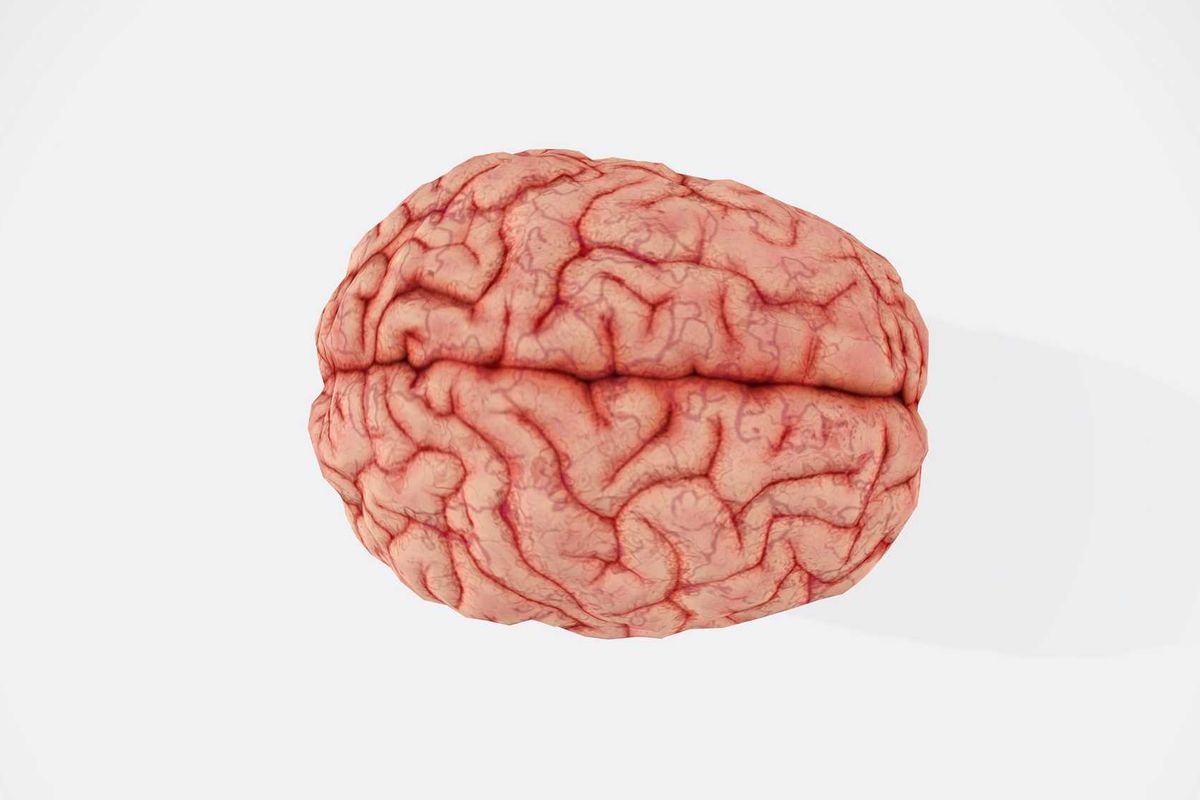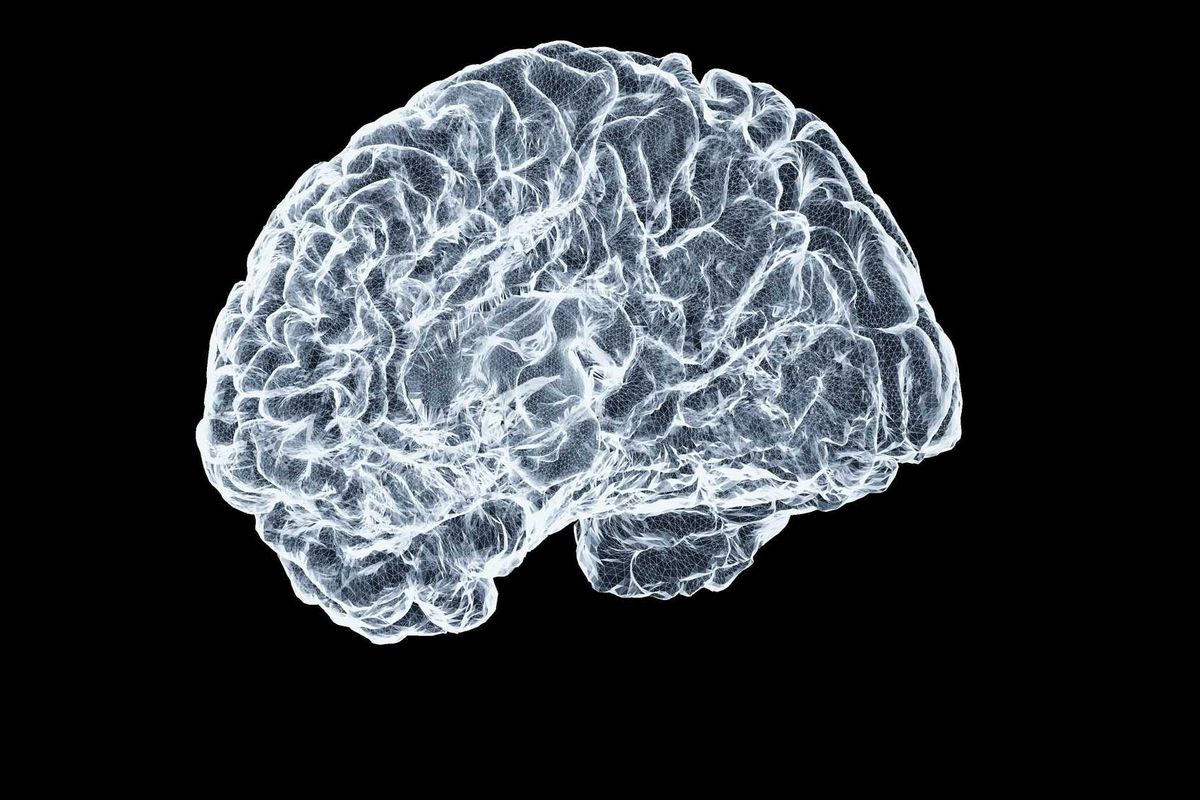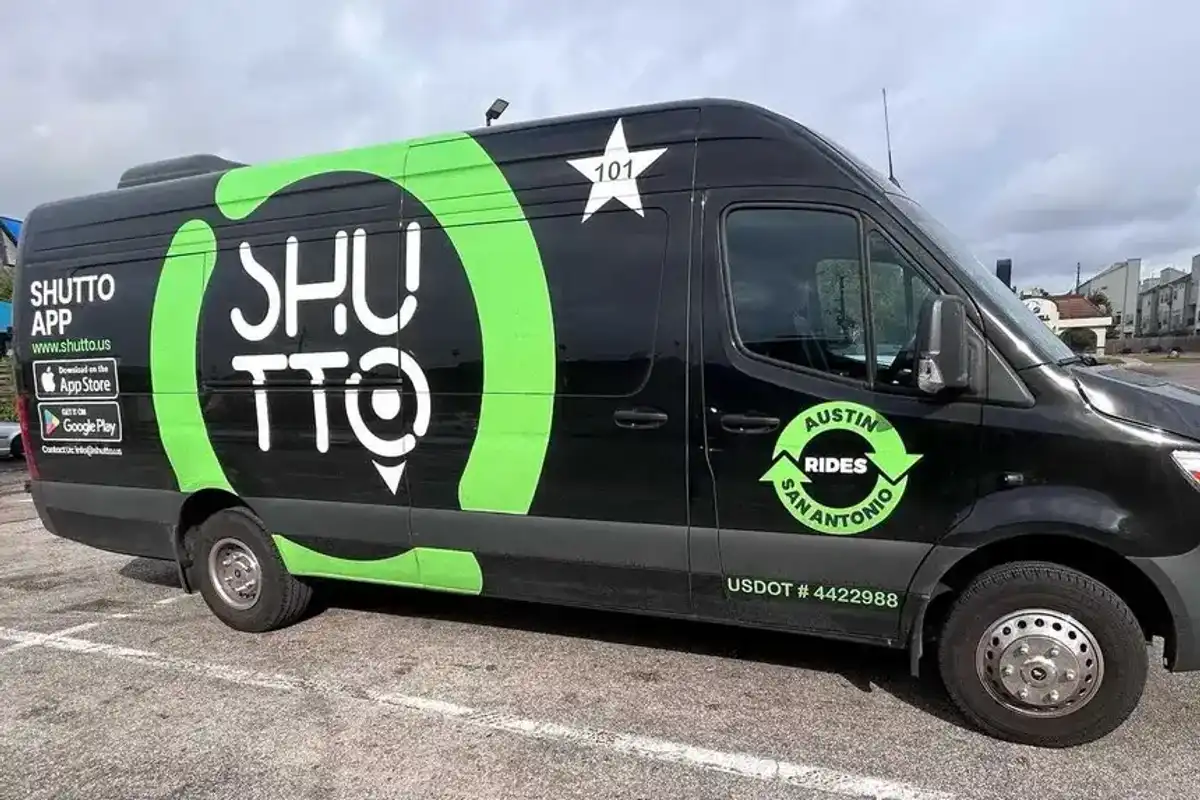Exclusive: First self-driving car service for passengers launches in Houston
ready to ride
For the first time, Houstonians can hail an autonomous vehicle to get from point A to point B, thanks to a tech company's latest market roll out.
San Francisco-based Cruise, which has launched in its hometown, Phoenix, and Austin over the past year and a half, previously announced Houston and Dallas as the company's next stops. Dallas, where Cruise is currently undergoing testing, will roll out its service by the end of the year.
As of today, October 12, Houstonians in the Downtown, Midtown, East Downtown, Montrose, Hyde Park, and River Oaks neighborhoods can hail a ride from an autonomous electric vehicle seven days a week between the hours of 9 pm to 6 am.
"We believe that everyone has a right to safer, more accessible and more affordable transportation, and we remain focused on cities first because that’s where our mission will have the greatest impact. Houston follows that city-first strategy with its densely traversed downtown, propensity for ridehail, and vibrant cultural center," Sola Lawal, Cruise's Houston manager, tells InnovationMap. "Cruise also shares in Houston’s Vision Zero mission to end traffic deaths and serious injuries by 2030 and we’re excited to address the transportation needs of Houston communities."
Although today marks the launch to the public, Cruise's employees and their friends and family have been testing out the service since August.
"People love this shift from working for your car as the driver, to the car working for you and the time this gives people back in their days," he explains. "A common reaction from first time riders starts with people being shocked and awed for the first two minutes then the ride becomes so normal that you forget you're in a driverless car."
Founded in 2013 by CEO, CTO, and President Kyle Vogt and Chief Product Officer Dan Kan, Cruise vehicles have self-driven over 5 million miles — 1 million of those miles were cruised on Texas streets. The company's fleet includes 400 electric vehicles powered by renewable energy.
Cruise's plan for Houston is to launch and grow from there, including launching larger passenger vehicles, the Origin fleet, for bigger groups of people.
"We always start small and methodically expand from there. For us it’s all about safety and how we expand in partnership with communities, so we let that be our guide for expansion vs arbitrary timelines," Lawal says. "Our goal is to continue to expand as quickly and safely as possible so we can get folks to the Rodeo when it starts and back home, anywhere in Houston, when it ends. You can expect expanded map areas, increased supply of AVs, and expanded hours until we are 24/7 across Houston."
Cruise has raised $10 billion in capital commitments from investors, including General Motors, Honda, Microsoft, T. Rowe Price, Walmart, and others. Additionally, the tech company has also a $5 billion credit line with GM Financial, giving it the financial support needed to scale. Strategically aligned with General Motors and Honda, Cruise has fully integrated manufacturing at scale.
Cruise, which touts a pricing model competitive to existing rideshares, is launching with $5 flat-rate rides for passengers.
"Houstonians who ride with us have the chance to be part of history in the making," Lawal tells Houston's to-be Cruise riders. "The industry has made incredible progress in the last two years but we are still in the early days of what’s to come as driverless ridehail becomes a reality for more people.
"We are proud of the service we’ve built so far and the safety record we have to show for it, but will always continue to improve. We're excited to launch with the community of Houston and we simply ask that you give it a try," he continues. "And when you do please give us feedback, we’d love to hear about your experience."

- Volvo's self-driving tech company opens Texas office, announces Dallas-Houston freight ›
- Self-driving semi trucks are now hauling cargo in and out of Houston ›
- IKEA to test self-driving deliveries between Houston and Dallas ›
- Self-driving rideshare company cruises its robotaxies into Houston ›
- New self-driving car service from San Francisco officially cruises into Texas ›
- How Texas is on the road to becoming a prime state for EVs, according to this expert - InnovationMap ›
- Autonomous cab company launches Houston pilot program for wheelchair-accessible rides - InnovationMap ›





